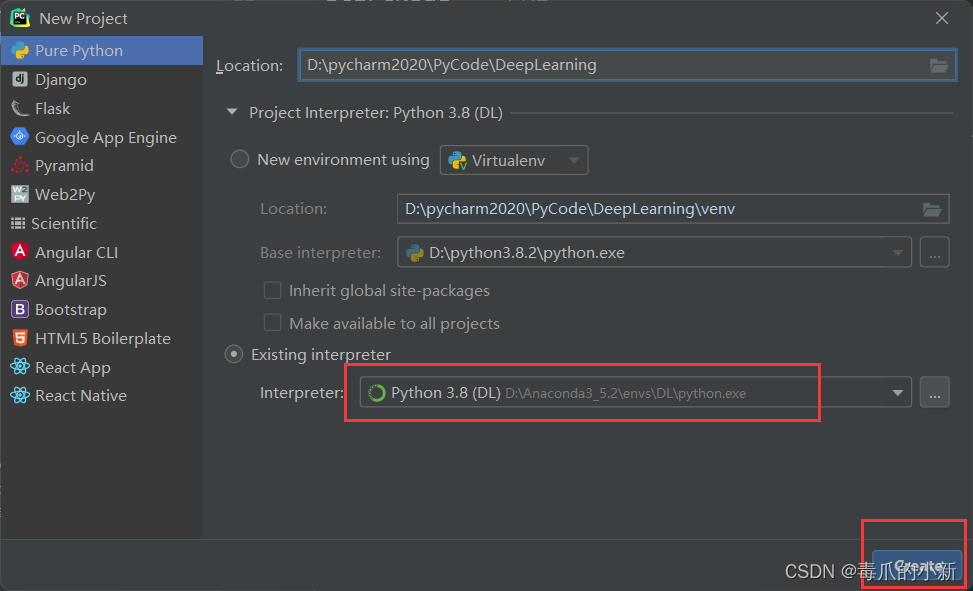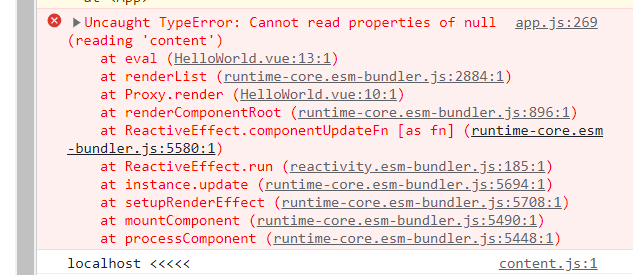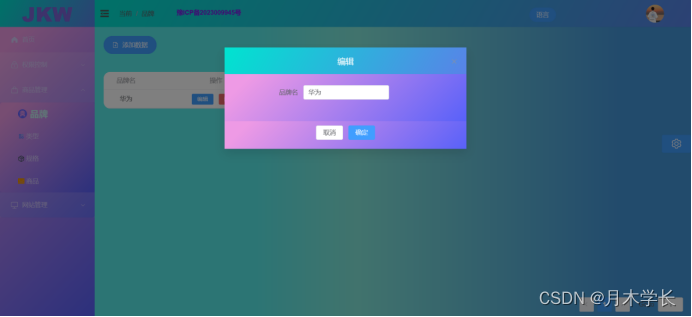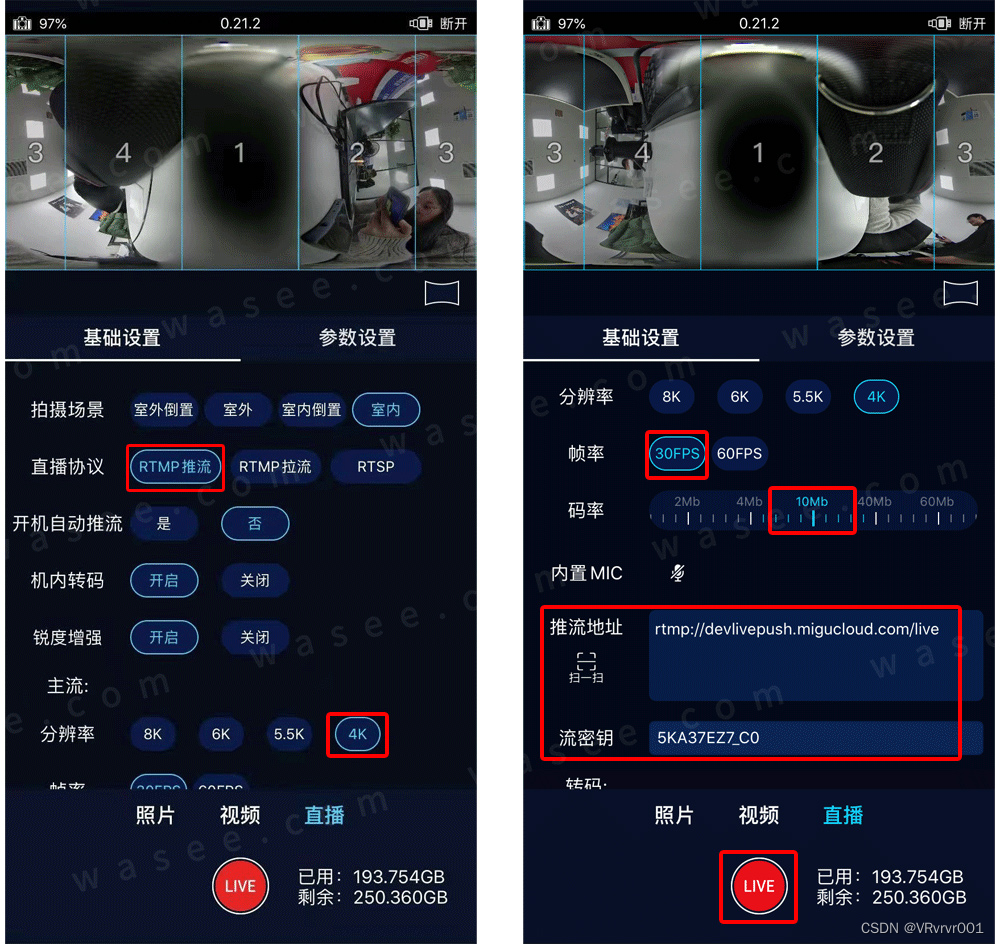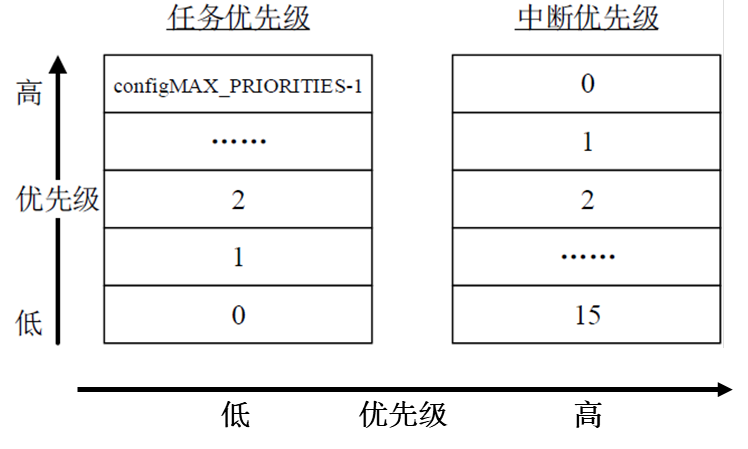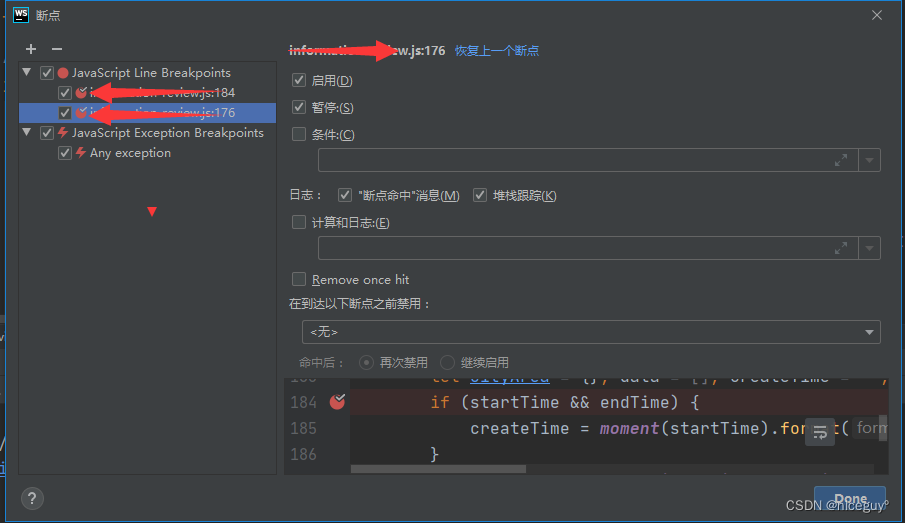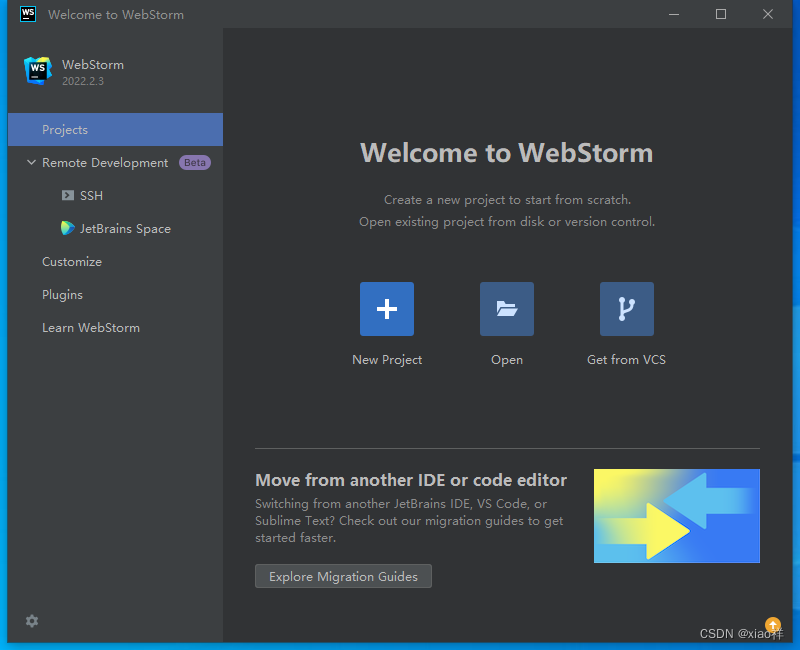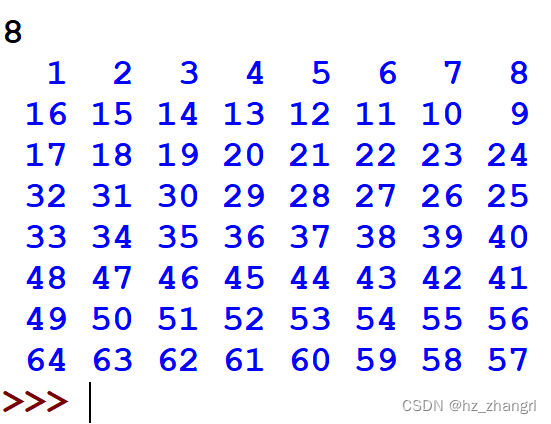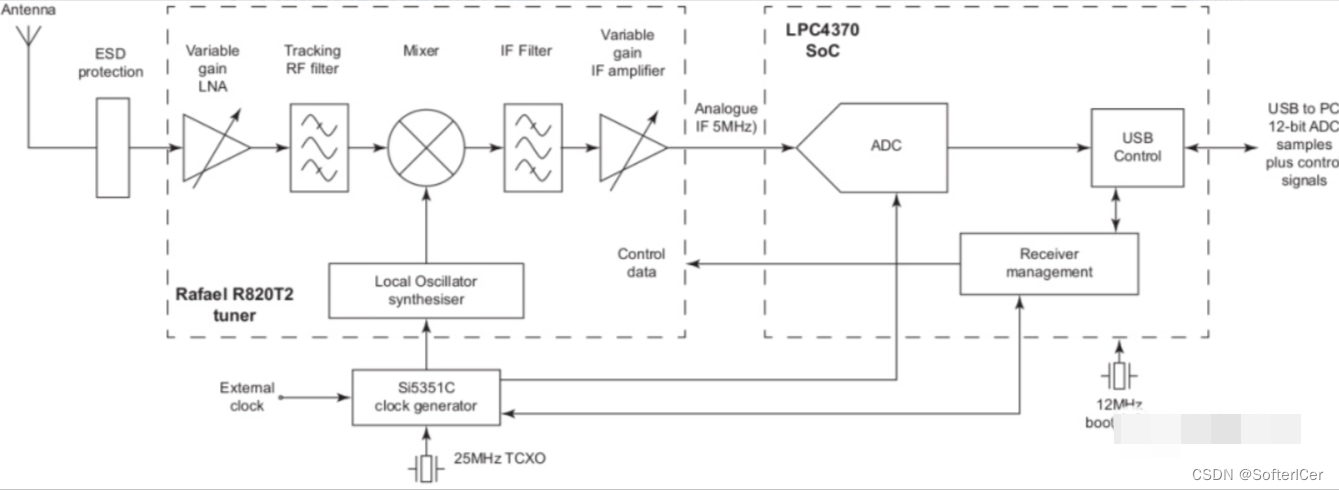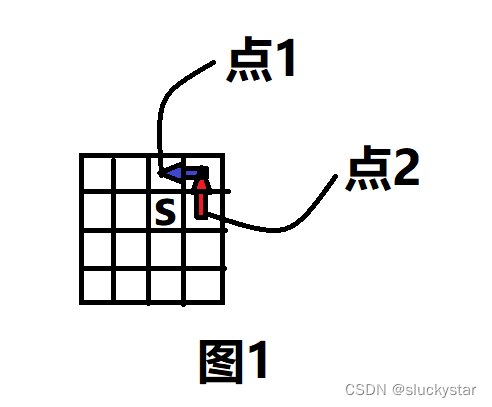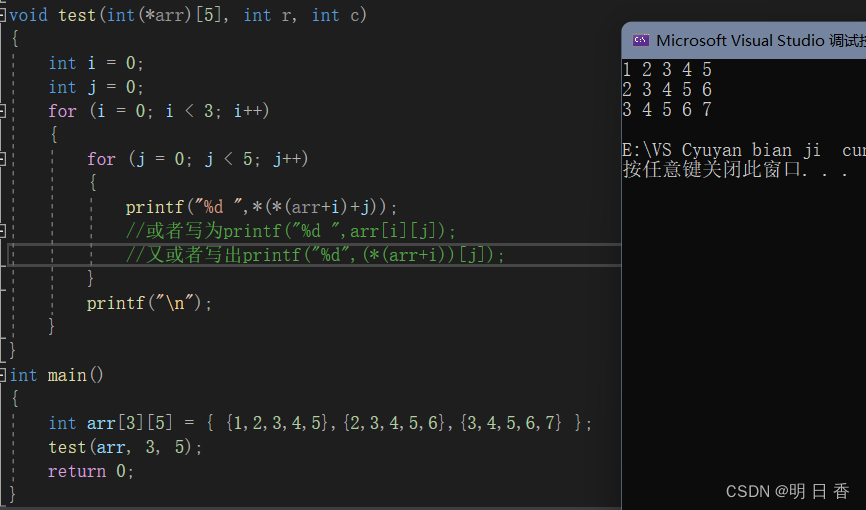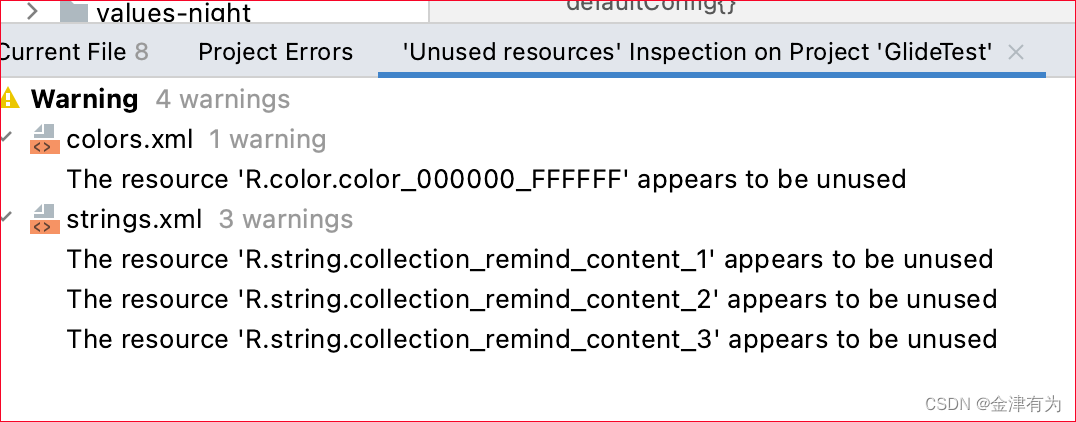systemctl 参数说明
1、使用语法
用法:systemctl [OPTIONS…] {COMMAND} …
2 、参数说明
| 参数 | 参数说明 |
|---|---|
| start | 立刻启动后面接的unit |
| stop | 立刻关闭后面接的unit |
| restart | 立刻关闭后启动后面接的unit,亦即执行stop再start的意思 |
| reload | 不关闭后面接的unit的情况下,重载配置文件,让设定生效 |
| enable | 设定下次开机时,后面接的unit会被启动 |
| disable | 设定下次开机时,后面接的unit 不会被启动 |
| status | 目前后面接的这个unit 的状态,会列出是否正在执行、是否开机启动等信息。 |
| is-active | 目前有没有正在运行中 |
| is-enable | 开机时有没有预设要启用这个unit |
| kill | 不要被kill这个名字吓着了,它其实是向运行unit的进程发送信号 |
| show | 列出unit的配置。 |
| mask | 注销unit,注销后你就无法启动这个unit了 |
| unmask | 取消对unit的注销 |
| list-units | 依据unit列出目前有启动的unit。若加上–all才会列出没启动的。(等价于无参数) |
| list-unit-files | 列出所有以安装unit以及他们的开机启动状态(enabled、disabled、static、mask)。 |
| –type=TYPE 就是unit type,主要有service,socket,target等 | |
| get-default | 取得目前的 target |
| set-default | 设定后面接的 target 成为默认的操作模式 |
| isolate | 切换到后面接的模式 |
systemctl 描述
| 任务 | 旧指令 | 新指令 |
|---|---|---|
| 使某服务自动启动 | chkconfig --level 3 | httpd on systemctl enable httpd.service |
| 使某服务不自动启动 | chkconfig --level 3 httpd off | systemctl disable httpd.service |
| 检查服务状态 | service httpd status systemctl status httpd.service (服务详细信息) | systemctl is-enabled httpd.service (仅显示是否 Active) |
| 显示所有已启动的服务 | chkconfig --list | systemctl list-units --type=service |
| 启动某服务 | service httpd start | systemctl start httpd.service |
| 停止某服务 | service httpd stop | systemctl stop httpd.service |
| 重启某服务 | service httpd restart | systemctl restart httpd.service |
| 某服务重新加载配置文件 | service httpd reload | systemctl reload httpd.service |

systemctl 示例
列出所有可用单元
systemctl list-unit-files |moresystemctl list-units --type=target
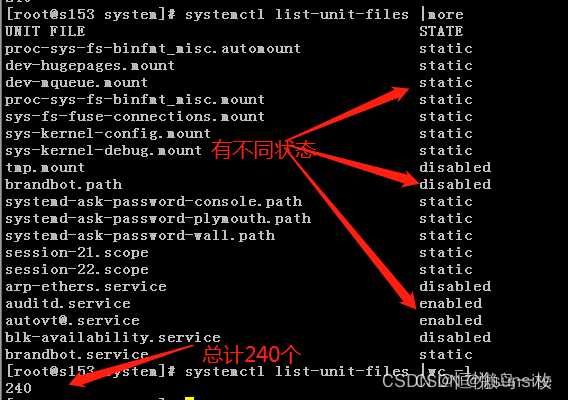
列出所有已加载单元
systemctl list-units |more

查看可用systemctl管理的所有服务
systemctl list-units --type=service

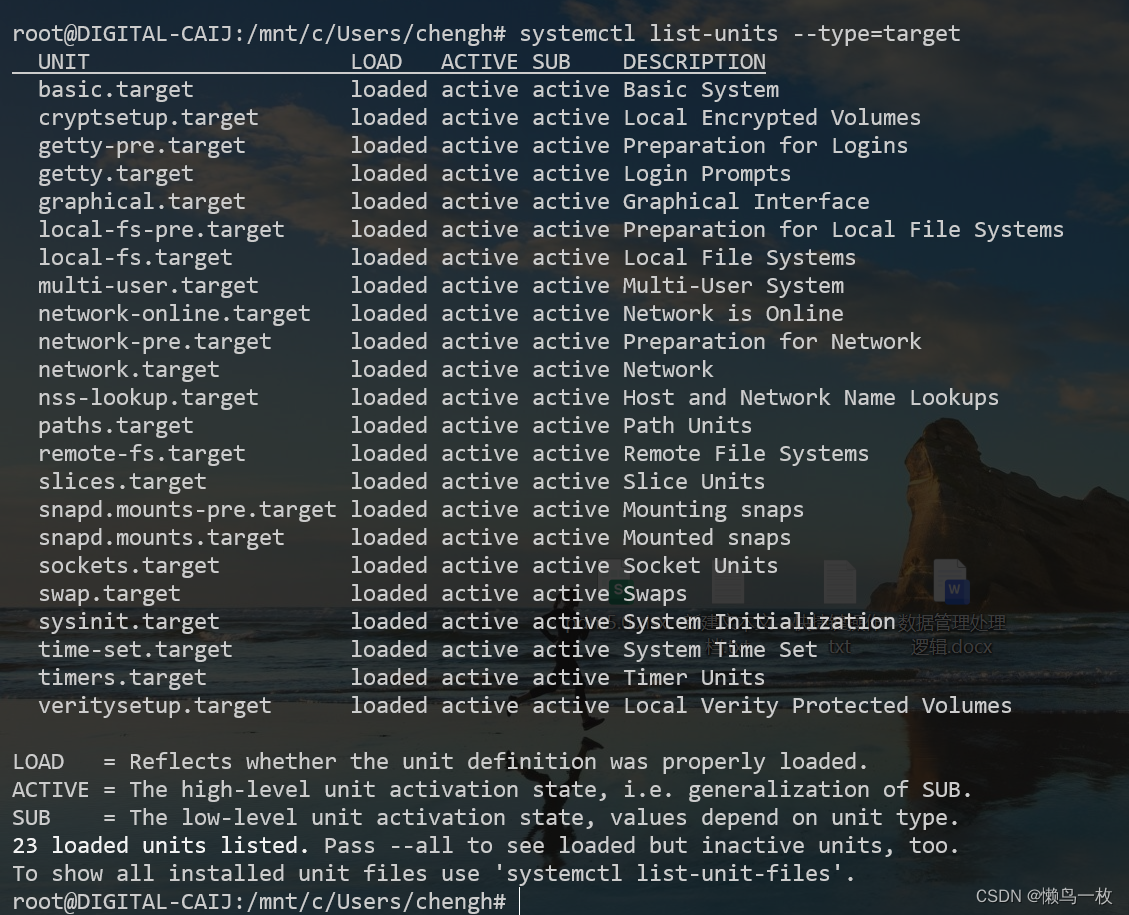
systemctl可用管理单元分很多种,日常工作中我们仅仅用于管理服务,unit的常见类型:
Service unit: 文件扩展名.service, 用于定义系统服务;
Target unit: 文件扩展名.target, 用于模拟实现"运行级别";
Device unit: 文件扩展名.device, 用于定义内核识别的设备;
Mount unit: 文件扩展名.mount, 用于定义文件系统的挂载点;
Socket unit: 文件扩展名.socket, 用于标识进程间通信用到的socket文件;
Snapshot unit: 文件扩展名.snapshot, 用于管理系统快照;
Swap unit: 文件扩展名.swap, 用于标识swap设备;
Automount unit: 文件扩展名.automount, 用于定义文件系统自动点设备;
Path unit: 文件扩展名.path, 用于定义文件系统中的一文件或目录;
注销服务
服务被注销后该服务就无法通过systemctl进行启停管理。
[root@s153 system]# systemctl mask firewalld
Created symlink from /etc/systemd/system/firewalld.service to /dev/null.
[root@s153 system]# systemctl start firewalld
Failed to start firewalld.service: Unit is masked.取消注销服务
[root@s153 system]# systemctl unmask firewalld
Removed symlink /etc/systemd/system/firewalld.service.
[root@s153 system]# systemctl start firewalld设置服务开机自启动
[root@s153 system]# systemctl enable xinetd.service
Created symlink from /etc/systemd/system/multi-user.target.wants/xinetd.service to /usr/lib/systemd/system/xinetd.service.取消服务开机自启动
[root@s153 system]# systemctl disable xinetd.service
Removed symlink /etc/systemd/system/multi-user.target.wants/xinetd.service.
查看机器信息
[root@s153 system]# systemctl list-machines
NAME STATE FAILED JOBS
s153 (host) running 0 01 machines listed.
查看系统环境变量
[root@s153 system]# systemctl show-environment
LANG=zh_CN.UTF-8
PATH=/usr/local/sbin:/usr/local/bin:/usr/sbin:/usr/bin
重新加载unit文件
如果手动修改了unit文件,可以使用此命令重新加载。
[root@s153 system]# systemctl daemon-reload创建一个系统快照
[root@s153 system]# systemctl snapshot wuhs
wuhs.snapshot
删除指定快照
[root@s153 system]# systemctl delete wuhs查看服务是否开机自启动
[root@s153 system]# systemctl is-enabled xinetd.service
enabled
杀死服务
[root@s153 system]# systemctl kill xinetd
[root@s153 system]# systemctl is-failed xinetd
inactive
进入救援模式
[root@s153 system]# systemctl rescueBroadcast message from root@s153 on pts/1 (三 2022-07-20 13:08:30 CST):The system is going down to rescue mode NOW!
#救援模式下切换到默认模式
[root@s153 ~]# systemctl default关闭系统
[root@s153 ~]# systemctl poweroff重启机器
[root@s153 ~]# systemctl reboot系统睡眠
suspend暂停模式,类似window环境的睡眠模式,会将系统的状态数据保存到内存中,然后关闭掉大部分的系统硬件,当然,并没有实际关机。当用户按下唤醒机器的按钮,系统数据会重内存中回复,然后重新驱动被大部分关闭的硬件,就开始正常运作!唤醒的速度较快。
[root@s153 ~]# systemctl suspend查看系统启动模式
[root@s153 boot]# systemctl get-default
multi-user.target
设置系统为图形界面启动
[root@s153 system]# systemctl set-default graphical.target
Removed symlink /etc/systemd/system/default.target.
Created symlink from /etc/systemd/system/default.target to /usr/lib/systemd/system/graphical.target.